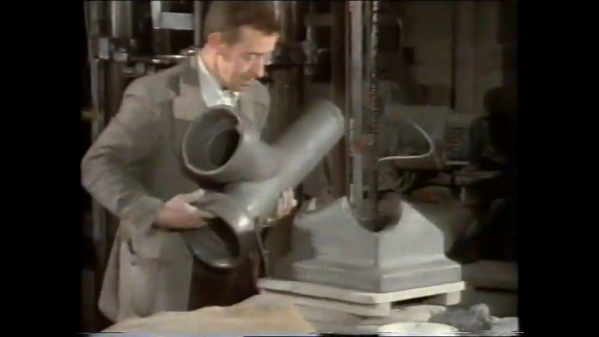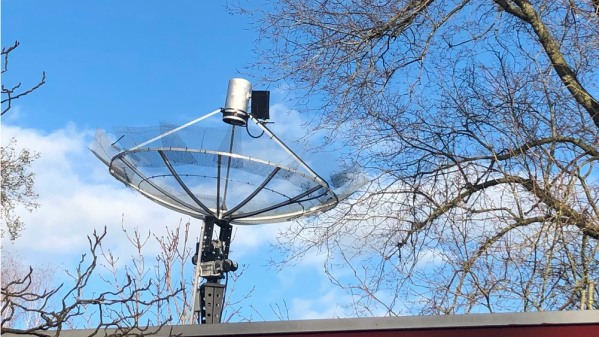Join Hackaday Editor-in-Chief Elliot Williams and Staff Writer Dan Maloney for a tour of the week’s best and brightest hacks. We begin with a call for point-of-sale diversity, because who wants to carry cash? We move on to discussing glass as a building material, which isn’t really easy, but at least it can be sintered with a DIY-grade laser. Want to make a call on a pay phone in New York City? Too late — the last one is gone, and we offer a qualified “good riddance.” We look at socially engineering birds to get them away from what they should be really afraid of, discuss Apple’s potential malicious compliance with right-to-repair, and get the skinny on an absolute unit of a CNC machine. Watching TV? That’s so 2000s, but streaming doesn’t feel quite right either. Then again, anything you watch on a mechanical color TV is pretty cool by definition.
Check out the links below if you want to follow along, and as always, tell us what you think about this episode in the comments!

















